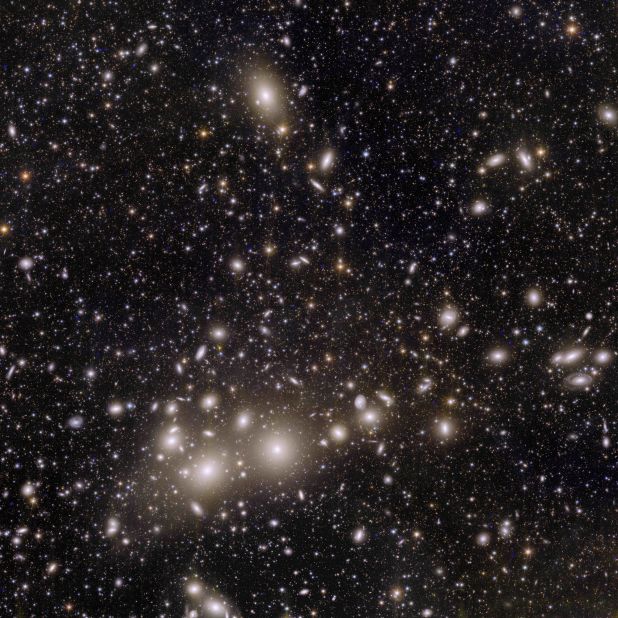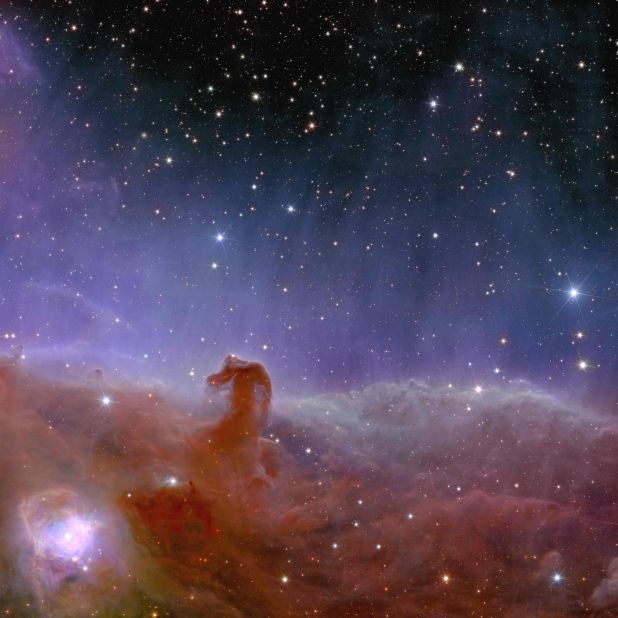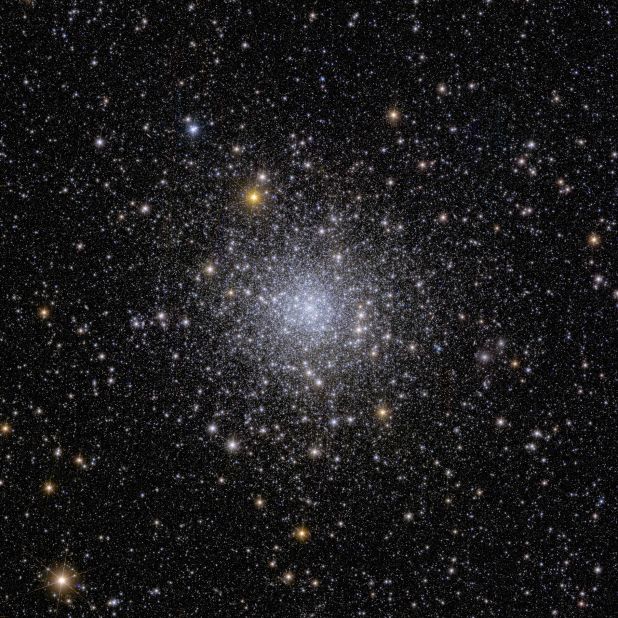Editor’s note: A version of this story appeared in CNN’s Wonder Theory science newsletter. To get it in your inbox, sign up for free here.
The cosmos is filled with unexpected surprises.
Observatories such as the Hubble and James Webb space telescopes and the Chandra X-ray Observatory see the universe in different wavelengths of light, showcasing new details that the human eye would never detect on its own.
But when their powerful capabilities are combined, the telescopes can unveil even more celestial mysteries, including the oldest black hole ever found and colliding galaxy clusters that twinkle like a Christmas tree.
Meanwhile, missions such as NASA’s Lucy spacecraft are revealing asteroids that would otherwise remain hidden from view. The probe’s cameras shared yet another new surprise about what’s orbiting around the space rock Dinkinesh in the main asteroid belt.
Also this week, a new telescope opened our eyes to a fresh perspective of the universe.
Across the universe
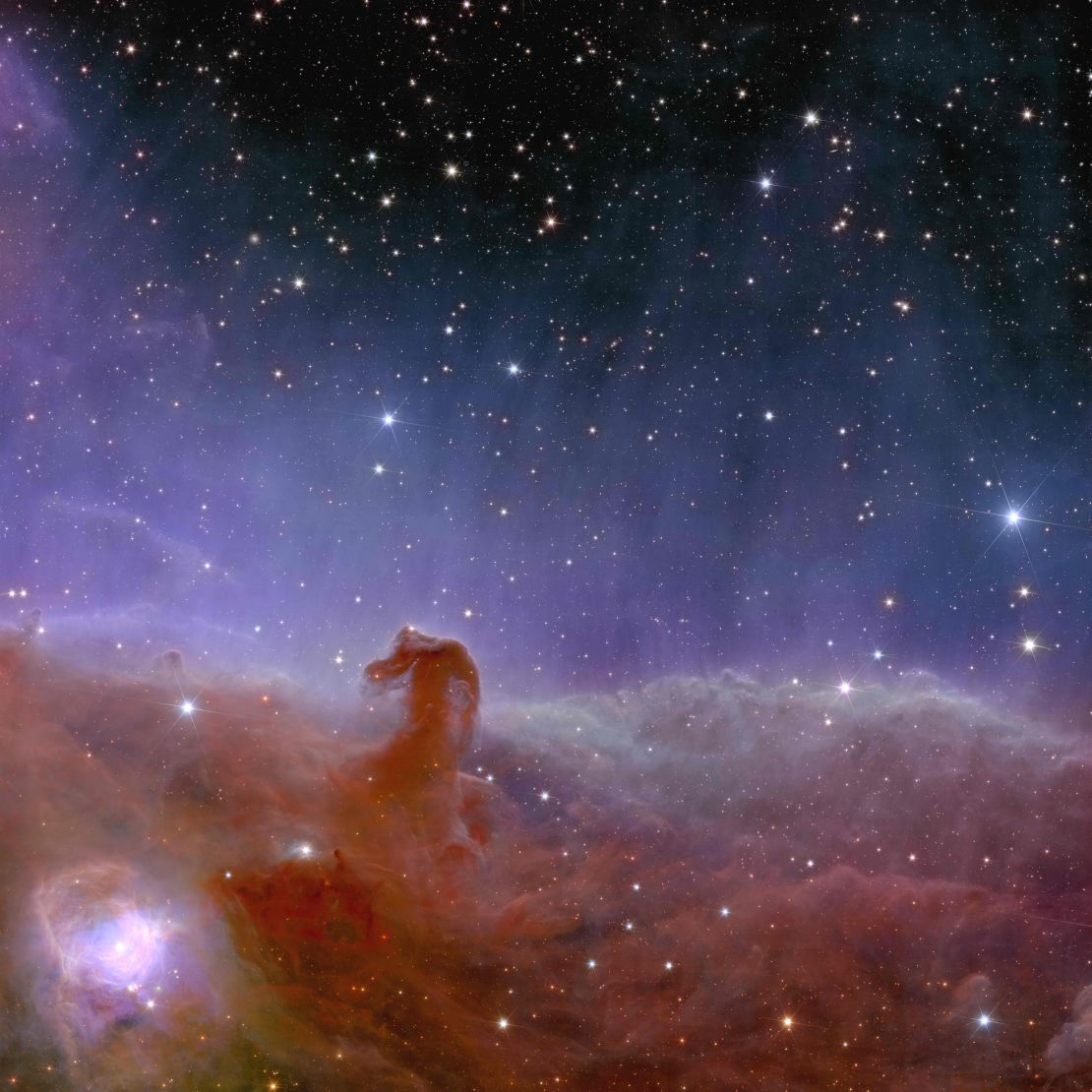
The first five images captured by the Euclid telescope showcase glimmering clusters of galaxies and stars.
The telescope, launched in July, was designed to create the most detailed 3D map of the hidden “dark side” of the universe. Though invisible, dark matter and dark energy are both believed to play crucial roles in the structure and expansion of the cosmos.
Euclid has a wide field of view, capable of capturing 1,000 galaxies within the Perseus Cluster as well as more than 100,000 additional distant galaxies in the background in a single image.
The telescope also shared a dreamy and highly detailed panoramic view of the Horsehead Nebula within the Orion constellation, where young planets may be hiding within the stellar nursery.
Force of nature
There is a sleeping giant beneath southern Italy that might be reawakening.
A supervolcano left a giant depression called a caldera about 2 million years ago, creating Campi Flegrei, or the Phlegraean Fields, which stretch for miles from the outskirts of Naples to the islands of Capri and Ischia.
Campi Flegrei’s last major eruption occurred in 1538, creating a mountain in the Bay of Naples.
Intensifying seismic activity has been detected since December 2022. With the possibility of an eruption looming over what has become a densely populated region, Campi Flegrei may be Italy’s most dangerous volcanic threat.
Wild kingdom
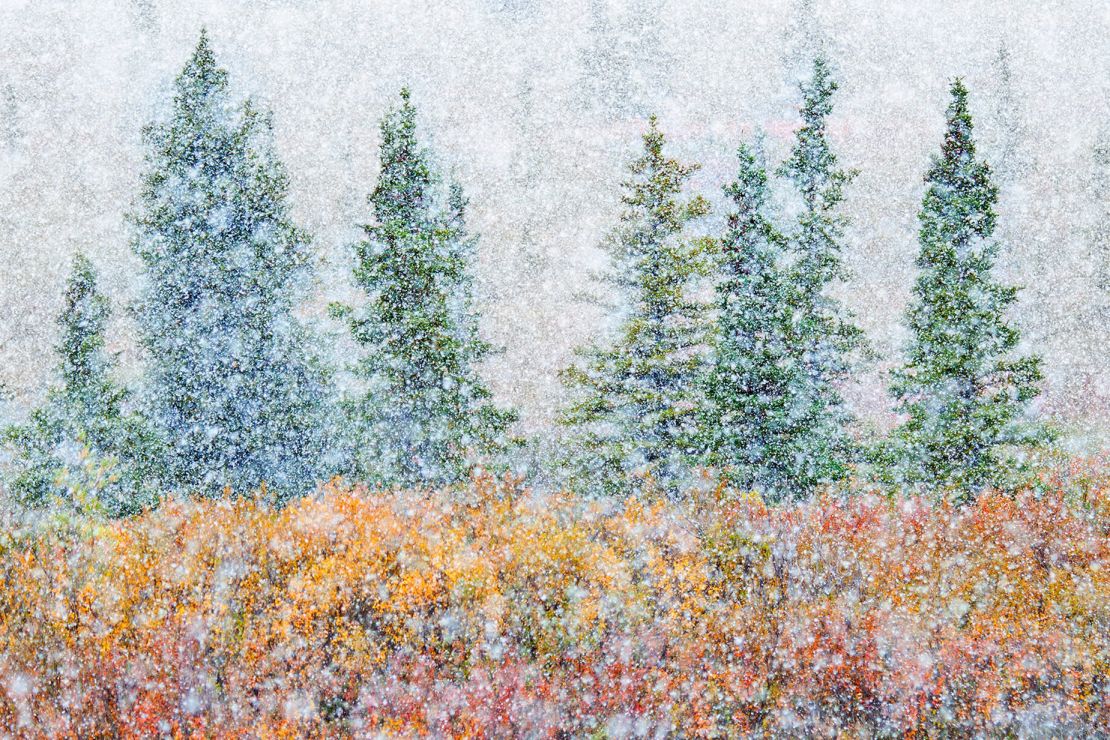
Colorful holes dug by fish, some playful leaping wolves and a moment where fall meets winter are just some of the winners of The Nature Conservancy’s 2023 Global Photo Contest.
The grand prize went to Hungarian photographer Tibor Litauszki, who captured an illuminated underwater image of an alpine newt floating on frog eggs.
Some of the images show the impacts of the climate crisis and humans intruding upon the natural world. This week, new research suggested that, due to changes in agricultural land use, thousands of plants and animals across Europe face the risk of extinction.
In the Southern Hemisphere, scientists are hopeful as Australia’s Great Barrier Reef enters coral spawning season, giving rise to the next generation of corals.
A long time ago
Bundles of letters intended for the crew of the French warship Galatée never reached their recipients 265 years ago after the men were captured during the Seven Years’ War.
Now, the sentiments and stories within their envelopes have been shared for the first time since they were sealed with red wax and tied with ribbon.
The “treasure box” of letters provides insights into what family dynamics were like during 18th century wartime — including the saga of a young sailor, his jealous mother and his fiancée.
The wonder
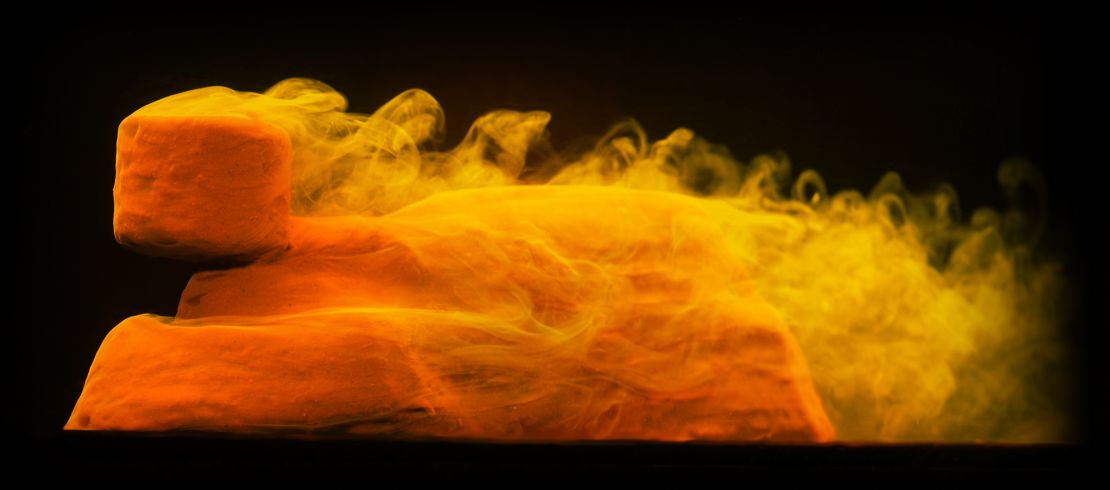
Mysteries surround the Great Sphinx of Giza, including why and how it was made.
Space scientist and geologist Farouk El-Baz first proposed in 1981 that if the ancient Egyptians discovered a natural landform called a yardang, they could have added surface details to create the massive limestone statue.
Yardangs can take shape when wind sculpts compact sand, and some resemble seated animals, occasionally referred to as “mud lions,” according to Leif Ristroph, an associate professor at New York University’s Courant Institute of Mathematical Sciences.
Ristroph and his colleagues set out to recreate the landscape conditions from about 4,500 years ago and conducted erosion tests on clay-model yardangs. The new research adds evidence to the theory that suggests wind played a role in shaping the sculpture.
Curiosities
These intriguing reads are sure to capture your attention:
— A diver discovered more than 30,000 Roman bronze coins off the coast of Sardinia. The well-preserved artifacts, dated to the fourth century, could suggest the presence of an unknown shipwreck.
— Curious as to whether he “could build a wooden house on the moon or Mars,” Kyoto University researcher Koji Murata wants to test his theory by sending a wooden satellite into space.
— Scientists in China combined two DNA sets to create a chimeric monkey, named for the hybrid creatures from Greek mythology, in the name of medical research and conservation.
— More than half of all species live within Earth’s soil, and photographer Andy Murray’s images have captured the fascinating microscopic animals inhabiting the secret kingdom beneath our feet.
Like what you’ve read? Oh, but there’s more. Sign up here to receive in your inbox the next edition of Wonder Theory, brought to you by CNN Space and Science writers Ashley Strickland and Katie Hunt. They find wonder in planets beyond our solar system and discoveries from the ancient world.



